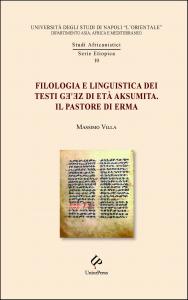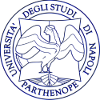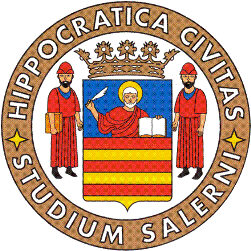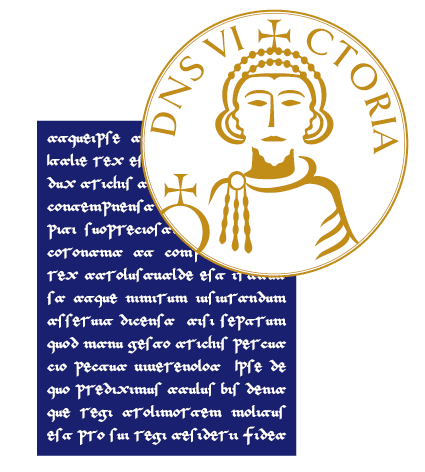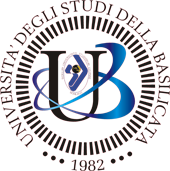Filologia e linguistica dei testi Gǝʿǝz di età Aksumita. Il Pastore di Erma
Keywords:
Ethiopic philology, Shepherd of Hermas, Aksumite literature, Aksumite Ge‘ez, reconstructive method, Ethiopic manuscripts, critical editionSynopsis
Editore: UniorPress
Collana: Studi Africanistici - Serie Etiopica, 10
Pagine: 330
Lingua: Italiana
NBN: http://nbn.depositolegale.it/urn:nbn:it:unina-25837
Abstract: The Shepherd of Hermas, a non-canonical book of the New Testament, was composed in Rome in Greek, most probably in the 2nd century AD, and translated into a variety of languages, among which Gǝʿǝz (or Classical Ethiopic). The work is of crucial pre-eminence for the history of early Christianity, and the Ethiopic version (Herma näbiy in Gǝʿǝz) is a key source for our knowledge of the primitive text. In this volume, following a scholarly trend of recovery and study of the Aksumite literary heritage (i.e., those texts directly translated from Greek between the 4th and the 6th–7th centuries, during the floruit of the Christian kingdom of Aksum), the author investigates systematically the relationship between the Ethiopic version and its Greek Vorlage, and surveys the direct manuscript tradition of the Ethiopic version, providing an updated picture of the headway made over the past decades in terms of enlargement of the documentary basis and proposing a stemma codicum of the tradition. After illustrating the indirect tradition of the text, i.e. the remnants of the latter in historical booklists, quotations and allusions in the 14th–15th-cent. Ethiopic literature, the author puts forward a number of plausible explanations to the irreversible decline and the quasi-extinction of the text from the 16th century onwards. In the volume special focus has been put on those linguistic features, as emerging from the manuscript documentation evaluated in its proper text-critical perspective, which deviate from the standard rule and which are likely to be genuinely archaic (the so-called Aksumite Gǝʿǝz). The critical edition of a portion of text, Visio III (conducted in accordance with the Neo-Lachmannian reconstructive approach) is appended to the end of the book.
Downloads
